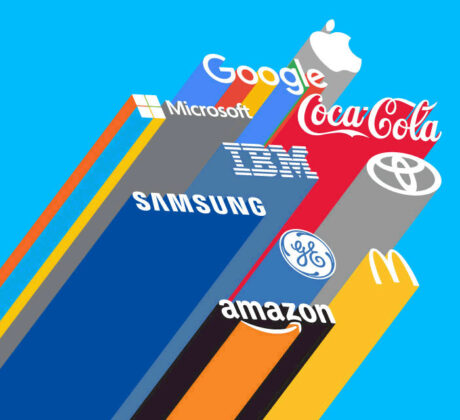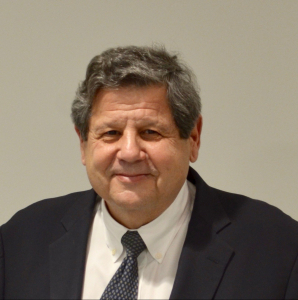Brands That Become Icons
‘Iconic’ is a big label. But there’s more to an iconic brand than just the logo. It certainly helps, but you’ll often find that the biggest brands aren’t the ones with the best logs.
That aside…what makes a brand iconic? Ask the experts and they’ll tell you that it’s a combination of things. “We respond to experiences,” says Ben Marshall, creative director at Landor Associates, “stories we can pass on, and frankly, some things that are simply unusual or inspired.”
Michael Johnson of Johnson Banks agrees that an iconic brand should deliver on multiple levels – the product or service itself, the environment it appears in, its tone of voice, and more. “Thinking about ‘branding’ from this cinematic perspective is relatively new,” he admits. “It’s pretty difficult to deliver successfully.”
The truth is, making a brand become an ICON is not an easy task, but the rewards are immeasurable. Iconic brands like Apple and Harley Davidson have a level of brand equity that will sustain the brand’s life for years..
Identity Brands vs. Iconic Brands
The first thing you need to understand if you want to build an iconic brand is the difference between identity brands and iconic brands. There are many identity brands but far fewer iconic brands. The same could be said of celebrities. There are many celebrities but few have reached icon status.
In simplest terms, an identity brand is one that an individual believes represents a lifestyle, personality, emotion, value, or desire that he identifies with directly. For example, Volvo is an identity brand that people who value safety and prefer conservative lifestyles identify with.
Iconic brands take the concept of identity brands a step further by representing a sub-culture of society. Iconic brands often fill a void in consumers’ lives and are typically found in high-involvement categories where consumers are very emotionally invested. Harley Davidson is a perfect example of an iconic brand that a sub-culture of society identifies with and who are highly emotionally invested in the lifestyle the brand represents.
Iconic Brand Evolution
Iconic brands can evolve organically as consumers experience them and identify with them. However, iconic brands can also evolve with the help of effective marketing that changes consumer perceptions and heightens emotional involvement.
For example, Harley Davidson is a brand that evolved into an icon organically over time in response to consumers’ interactions with the brand. Effective marketing supported that organic evolution. On the other hand, Apple successfully created a perception of high-emotional involvement in the technology category through brilliant marketing. Today, Apple is an iconic brand that an entire sub-culture of society is highly loyal to. Apple created a perceived void and filled it.
And, as you may have read or seen on my sight, I believe the Flatiron building in NYC, is one of the best, most ICON brands of buildings…in the world! Yes, a strong statement. But just read about how this building began, and where it is today more than a century later, and I am sure you will agree.
To read more about the origins of the Flatiron building, click here.







